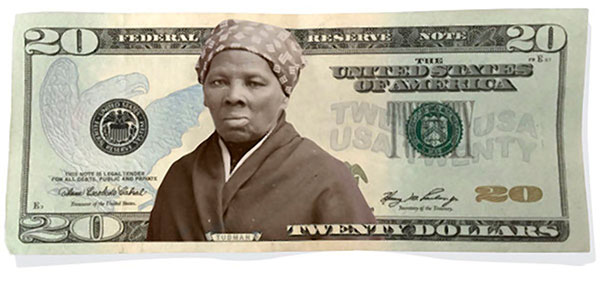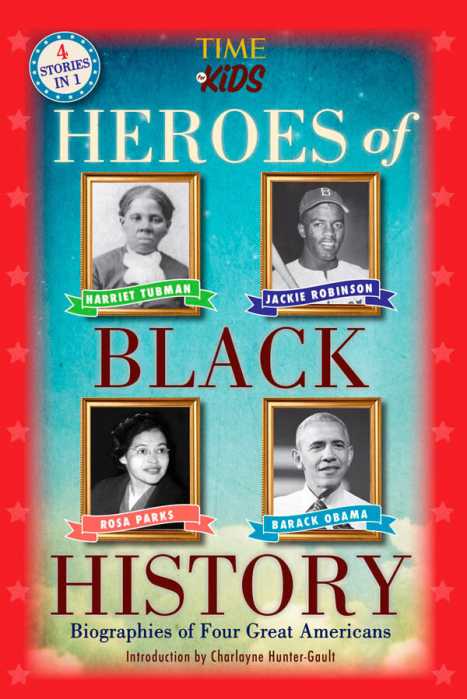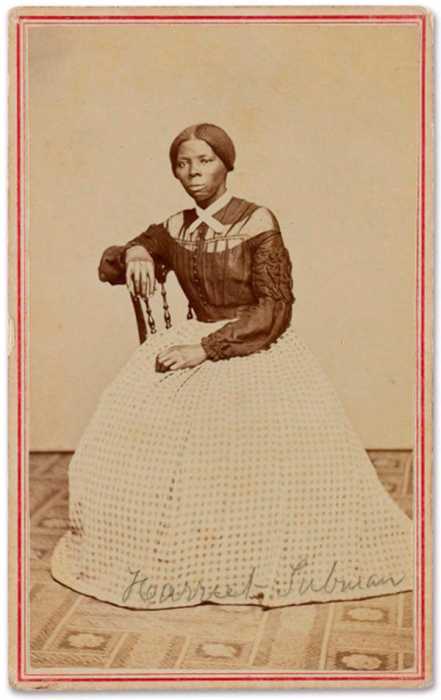United States Treasury Secretary Jack Lew recently announced that the $20 bill, the most widely circulated currency in America will bear the images of two prominent Americans — one male, the other female, one Black, the other white, one a slave the other a slave owner.
Harriet Tubman, an abolitionist slave who used her freedom to help enslaved Blacks flee captivity using an “Underground Railroad” will top the paper money while Andrew Jackson, a slave owner will have to be content after being placed on the back of the US currency.
Andrew Jackson, critics said, ordered the Trail of Tears, which led to the deaths of thousands of Native Americans.
He also kept many Blacks in servitude to him as slaves.
Although fiercely rejected by the general public, Lew justified Jackson’s retention saying: “Andrew Jackson was the president who opened the White House to the American people.”
He said to emphasize the former president’s place on the money, the back of the $20 bill will also include an image of the White House.
A campaign waged by Black advocates, historians and feminists to put a woman on the Federal Reserve note successfully ended with a decision to place abolitionist Harriet Tubman on the front of the $20 bill.
Reportedly votes for Tubman beat the competition by 100,000.
Lew said of all the submissions and proposals Tubman “was the most compelling story.” Harriet Tubman grew up in slavery, was prevented from learning to read or write and “changed the course of history in this country.”
A victory for many who believe a female Black should take prominence with a presence on the currency, all was not lost on a counter-campaign to keep Alexander Hamilton, the first secretary of the Treasury on the money, his image will be prominently displayed on the $10 bill.
Originally, the Treasury planned to replace Hamilton because the $10 bill was due for a redesign to upgrade security features, however, the overwhelming public relations response to the Broadway musical “Hamilton” which became a hit and continues to attract SRO audiences seemed to have made an impact on the decision makers.
Perhaps the fact the announcement was made in this presidential election year, two Republican candidates quickly registered protest against the decision to have two-sided heroes on the $20.
While both agree to the contribution of the two distinguished Americans, Donald Trump and Dr. Ben Carson reject the decision to put Tubman on the front face and they virtually share the exact opinion about Jackson’s placement on the back.
“I think it’s pure political correctness. Harriett Tubman is fantastic…” but “ if we can maybe come up with another denomination…Maybe we do the $2 bill, or we do another bill. I don’t like seeing it,” Trump said.
His former rival and current supporter Dr. Carson endorsed Trump’s idea saying: “I love Harriett Tubman. I love what she did. But we can find another way to honor her…maybe, a two-dollar bill.”
To most Americans the $2 bill is almost non-existent. Reportedly $2 bills make up one percent of all US bills in circulation.
The US Treasury withdrew production of the note in 1966. It returned to the market place during the bicentennial celebrations a decade later in 1976.
First introduced in 1862, Hamilton’s portrait originally graced the front of the bill. However seven years later, Thomas Jefferson was featured and continues to be the face of the unpopular $2 bill.
Although Hamilton was fiercely opposed to slavery, historians have provided research that the St. Kitts-born founding father like his peers owned slaves and contributed to the persecution of Blacks.
“Of the Six Big Founders, only Hamilton was consistently opposed to slavery. Having grown up in the Caribbean, he’d seen its darkest side — sugar plantations that were about one step removed from death camps — and also had dealings with freed Blacks and mulattoes. The experience appeared to have never left him. Throughout his career, he made various public compromises regarding slavery, but then redoubled his private efforts against the institution.”
Numerous documents have corroborated Hamilton’s slave purchases. And there are those who contend that in Hamilton’s own papers revealed that “he acted as a financial agent for the sale, lease, or acquisition of slaves for his immediate family.”
One claim:“The details of these transactions were often sparsely recorded, yet several troubling entries appear. A 1784 cash book annotation for a client reads “To a negro wench Peggy sold him.”
Another of his account books records “Cash to N. Low 2 Negro servants purchased by him for me, $250” dated 1796, and possibly corresponding to another slave transaction on behalf of his in-laws in the Church family.”
There are those who argue against placing Tubman on the legal tender. While she is viewed worthy some proposed the names of modern day trailblazers such as President Barack Obama, Rosa Parks, Maya Angelou, Martin Luther King and even basketball champion Michael Jordan.
Soon after the announcement was made political lines were drawn with some on social media offering that Hamilton was a Democrat and Tubman, “a Black, gun-toting, evangelical Christian.”
Tubman was born into slavery either in 1815, 1822 or 1825 — there is no definitive date because even she said she was not sure.
In 1849, she escaped slavery in Maryland and fled to Philadelphia, risking her own freedom by returning many times over to help others make the journey through the Underground Railroad up to northern states and Canada.
“In 1858, after becoming a prominent abolitionist and leader of the movement, she helped John Brown plan his raid on the Harpers Ferry arsenal, where he hoped to incite a slave rebellion. She was not a part of the failed raid that resulted in Brown’s execution for treason.”
During the Civil War, Tubman worked with the Union Army in South Carolina and became the first woman to lead a combat assault, the Combahee River raid in 1863.
After the war, Tubman worked for suffrage, dying seven years before the Tennessee General Assembly’s vote ratified the 19th Amendment giving women the right to vote in all elections. Tubman’s life reflects the fight for liberty that Americans should celebrate, and the narrative that life is far more amenable to modern America than the complexities presented by other founding fathers.
Harriet Tubman played an integral role in Black history. Many slaves that became educated and were trailblazers later on in history would not be free if it weren’t for her.
Although Abraham Lincoln is credited for “freeing the slaves” his image was first placed on the brown copper penny — the lowest value in American currency.
In addition because he wanted to end slavery, the image burnt into the coin featured him facing the opposite direction as the other presidents.
The Tubman bill will be issued in 2020, the 100th anniversary of the 19th Amendment with American women winning the right to vote.
Adjustments will be made to the $5. Reportedly, the new $5 bill will be revamped. While Lincoln will remain on the front of the bill, he will share the back of the bill with prominent individuals of the Civil Rights movement including Marian Anderson, Eleanor Roosevelt and Dr. Martin Luther King Jr., each of whom had a historic moment at the Lincoln Memorial.


























